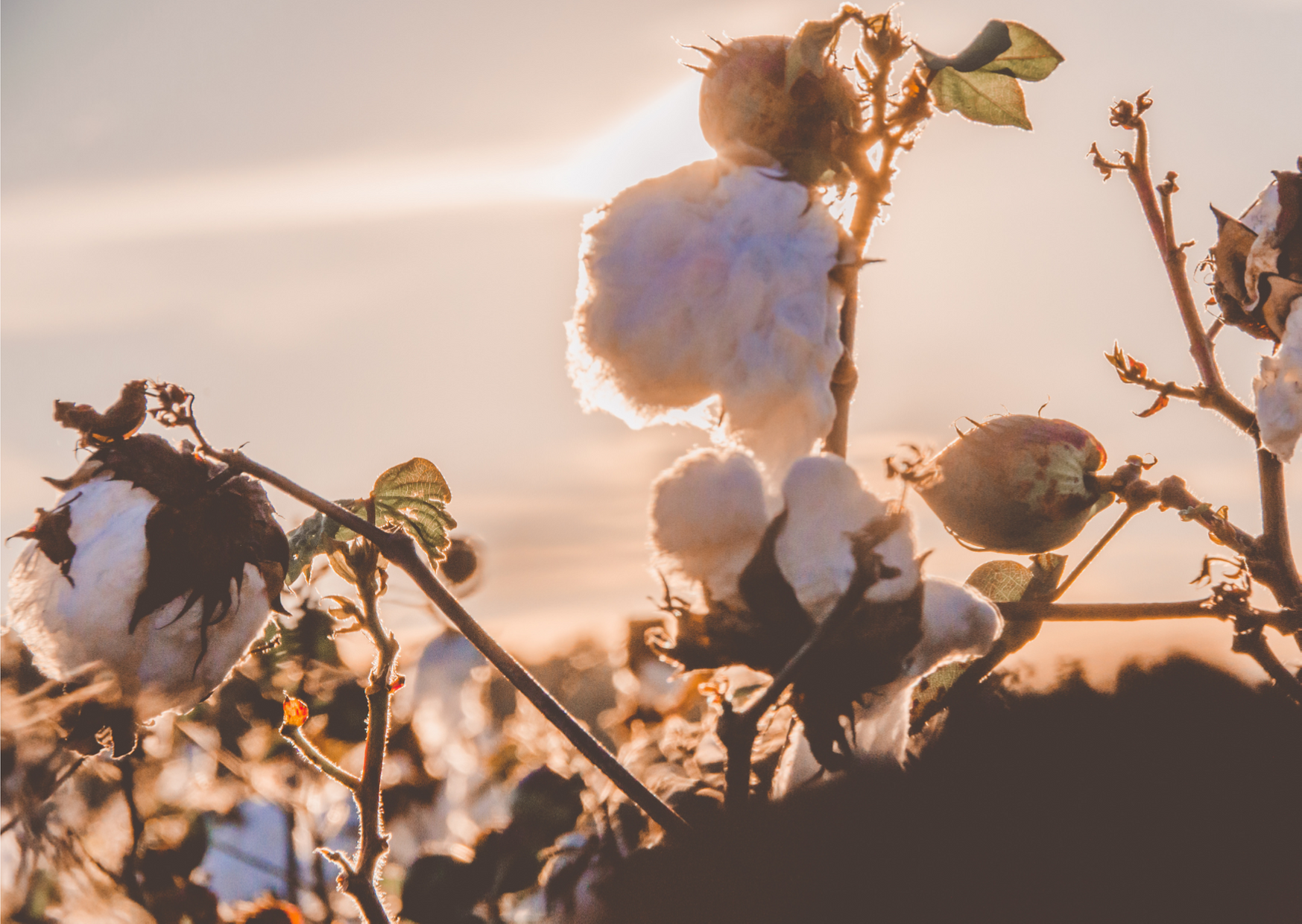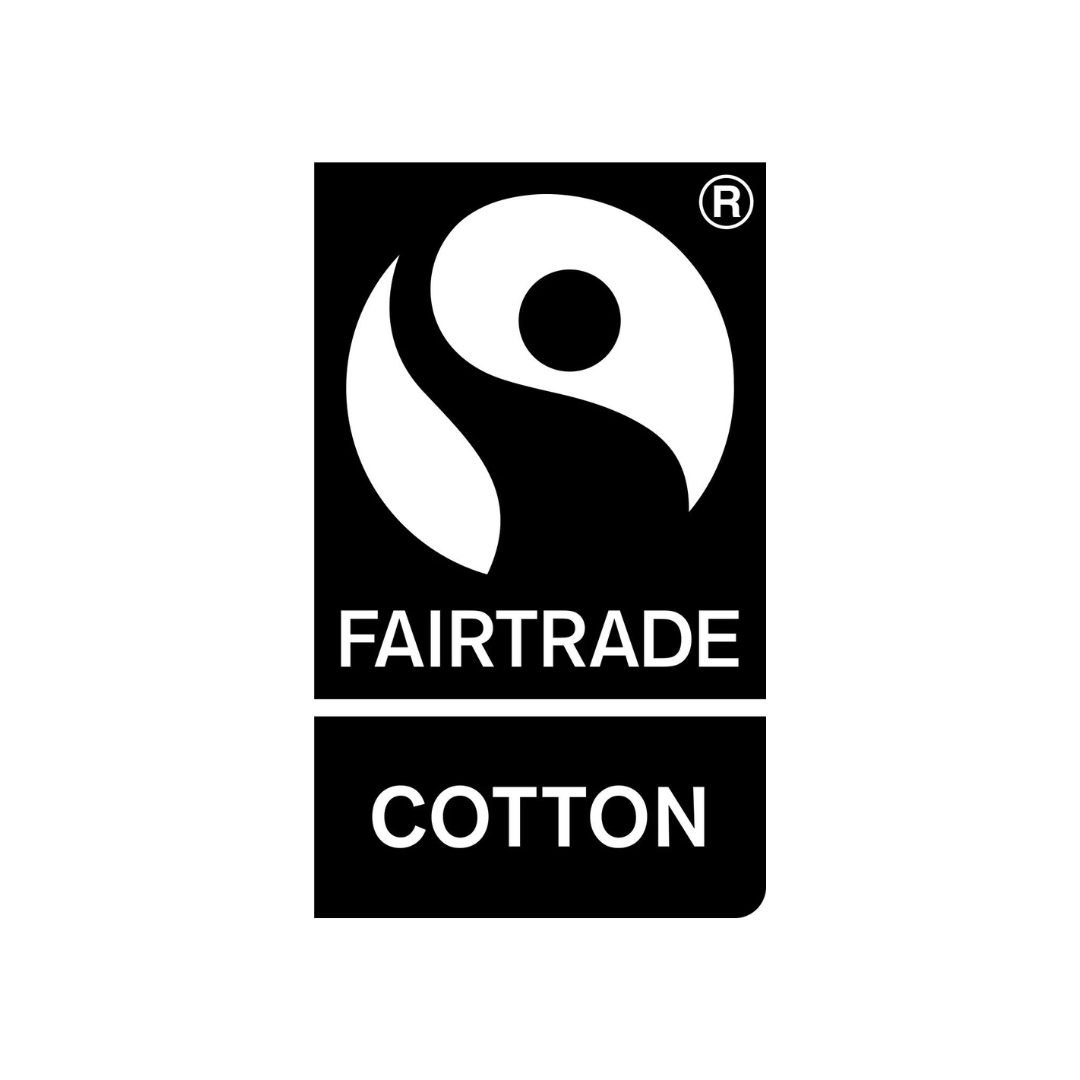
How Does Organic Cotton use Less Water?

The simple answer is yes! World Water Day 2021 is on 22nd March 2021, and to mark this occasion we thought we’d discuss some of the benefits of organic cotton in terms of its water footprint.
Non-organic cotton is a thirsty crop
Here are some key facts that illustrate some of the problems of conventional cotton when it comes to water:
-
Growing cotton accounts for 69% of the water footprint of textile fibre production worldwide.
-
One kilogram of conventional cotton requires 10,000-20,000 litres of water to produce.
-
Most cotton is grown in countries that are already facing water stress, such as India, China, the US and Pakistan. In China, 80-90% of fabric and yarn is made in water-scarce or stressed regions. [Soil Association].
Why does organic cotton use less water?
According to the WWF, it takes 2,700 litres of water to produce the cotton needed for just one t-shirt, whereas organic cotton only uses 243 litres. But why is this the case?
A lot of this has to do with the health of the soil. Organic growing systems are much better for the soil, and this has knock-on effects on water usage. Organic farmers use methods like composting to maintain soil health and fertility, and this makes their soils far more resilient to extreme weather. Healthy soil acts like a sponge, soaking water up during floods and retaining it for longer periods during droughts – and requiring less irrigation.
Additionally, most organic cotton is grown in rain-fed areas, meaning farmers rely on rain (or ‘green water’) – rather than blue water – to water their crops. Blue water refers to water sourced from surface groundwater resources, like lakes, aquifers and wetlands. An over-reliance on blue water reserves can often place pressure on water supplies in local communities.

Organic cotton causes less water pollution
Cotton production uses 2.4% of the world’s cultivated land yet accounts for 6% of pesticides and 16% of all insecticides sold globally (Environmental Justice Foundation). By contrast, organic cotton does not rely on the use of harsh chemicals in its production. Because of this, organic cotton has a much lower grey water footprint than conventional cotton.
The Grey Water Footprint of a substance refers to the volume of water required to dilute pollutants in order to reach water quality standards. Many toxic chemicals used in the production of non-organic cotton end up in rivers and the sea, where they remain for years as they often cannot be broken down or metabolised. These chemicals require vast amounts of water to dilute them to safe levels, but they still remain a problem and can bioaccumulate in living organisms.
To dive into some of these issues in more detail, check out The Soil Association’s Report: “Thirsty for Fashion: how organic cotton delivers in a water stressed world”.
The impact of Y.O.U Underwear’s organic cotton
Across 2021, we saved 618-541 litres of water by using organic, rather than conventional cotton. This is as much water as an average person living in the UK would consume in 4,123 days, or just over 11 years Read our 2021 Impact Report to learn about our energy and pollution savings too!
Further reading:
Lower water consumption is not the only reason that organic cotton is a more sustainable alternative to conventional cotton. Check out our blog post that discusses the sustainability of organic cotton more broadly.
Organic cotton is also much better for you! Read more about its health benefits.
Check out Y.O.U Underwear’s selection of organic cotton underwear for men, women and girls – and read through our product descriptions to find the specific water savings of each item 🌍












Leave a comment
This site is protected by reCAPTCHA and the Google Privacy Policy and Terms of Service apply.